Republic of Maldives - “Reethi Raajje"
("beautiful Maldives" in Dhivehi, local language)
Because we are the Blue Company and close to the ocean, all our item names come from islands, little and big Jewells in our seas, spread all over our blue planet.

In this collection we have a small capsule, focusing on the Republic of Maldives to create awareness of the threats of climate change that they are facing.
Our items represent the following islands and Atoll names: Male (the capital island and atoll), Mulaku (Atoll), Raa (Atoll), Vaavu (Atoll), Felivaru, Dhalu (atoll), Kaafu (atoll).
The Maldive islands are located in the Indian Ocean and stretch with 26 atolls and over 1190 islands (number is changing naturally over time) over roughly 90,000 square kilometres.
It is one of the most geographically dispersed island states, the smallest Asian country with not even 500 000 habitants and with the highest point being 1.5m above sea level also the lowest lying country in the world.
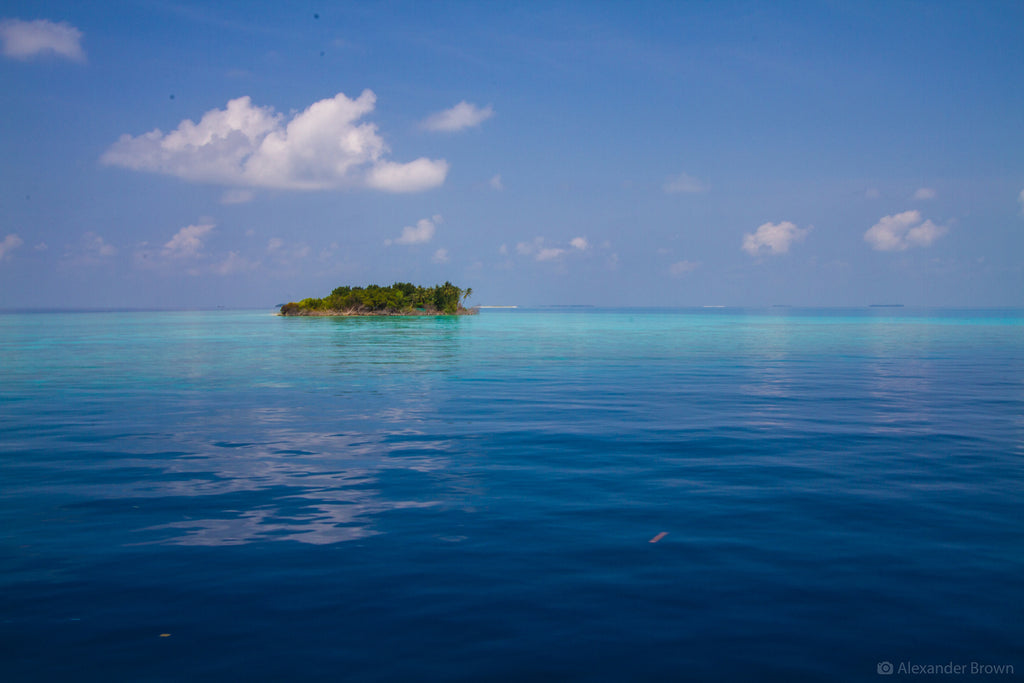
The capital island Male, also called the “King’s island”, is the most dense populated city in the world and impresses with its colourful buildings and busy streets surrounded by colourful coral reefs.
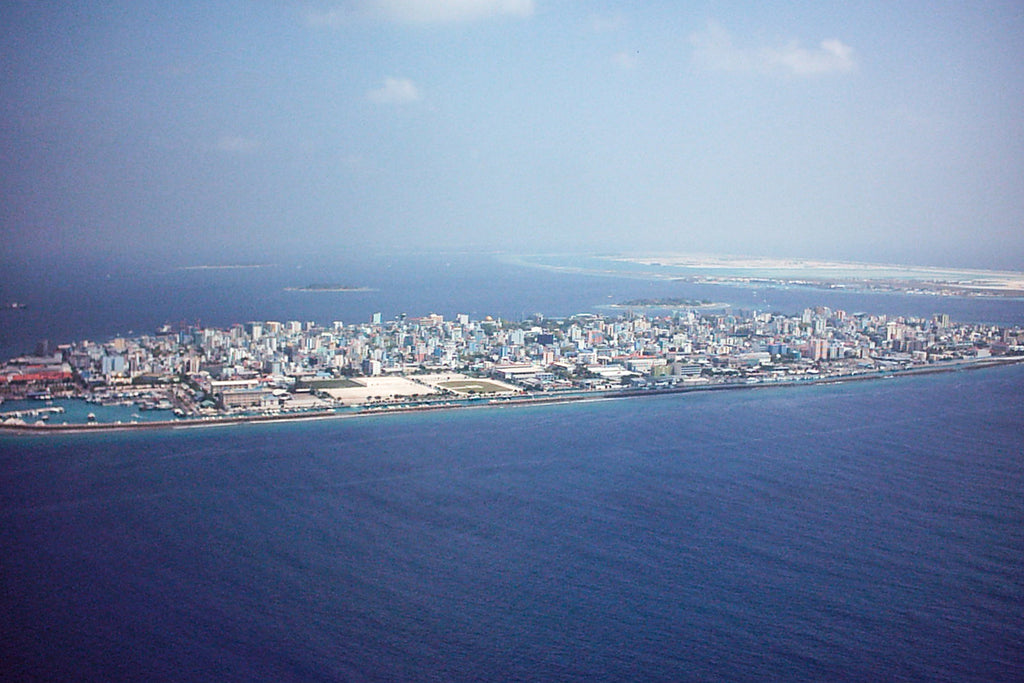
For most people the Maldives are representing paradise on earth.
Having lived and traveled in the country, with and like a local several times for up to a year, I can say that it is, and also not.
With its white coral sand beaches, palm trees and most stunning underwater world it feels like a place, blessed from heaven, just out there to be stunning and so beautiful that your eyes can't believe what they see. Coming from an old Buddist culture, which influenced the language and traditions, they are “now” muslims since the 12th century.
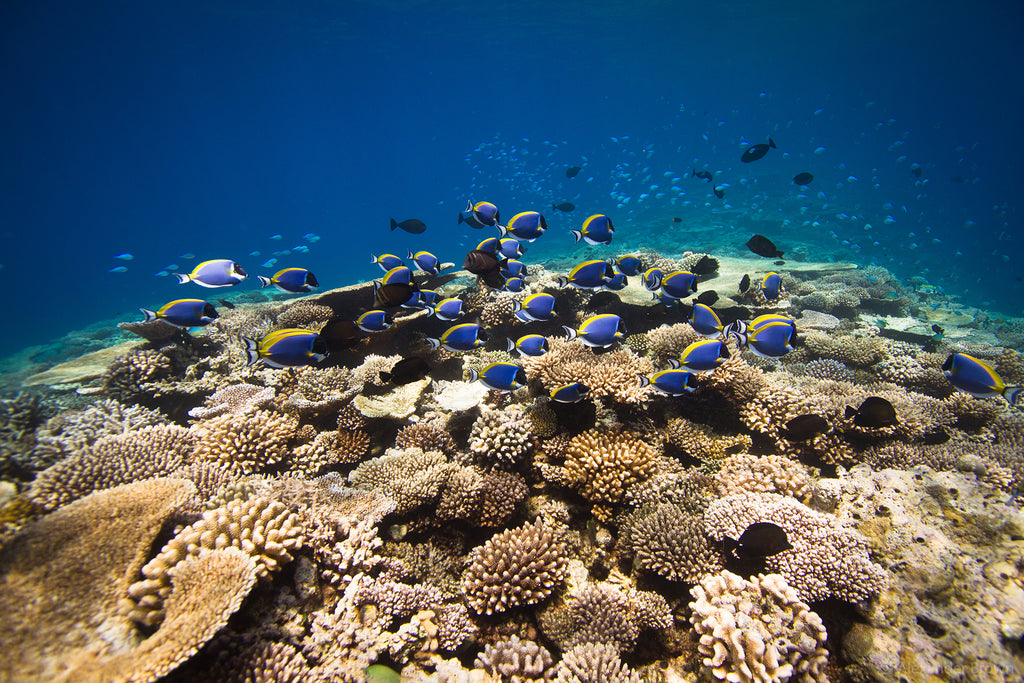
In 1982, Norwegian explorer Thor Heyerdahl who became famous by crossing the Pacific in a self build raft “Kon-tiki”, explored Buddhist remains on the island Fua Mulaku.
It feels like a very subtle and familiar culture and you can find different traditions, foods and habits in each atoll, on each tiny island as they are quite separated and it has not always been easy or possible to travel between the islands. You can even see the influences and changes in the appearance, varying from African to Asian or Indian looks, traveling from the south to the north of the country.
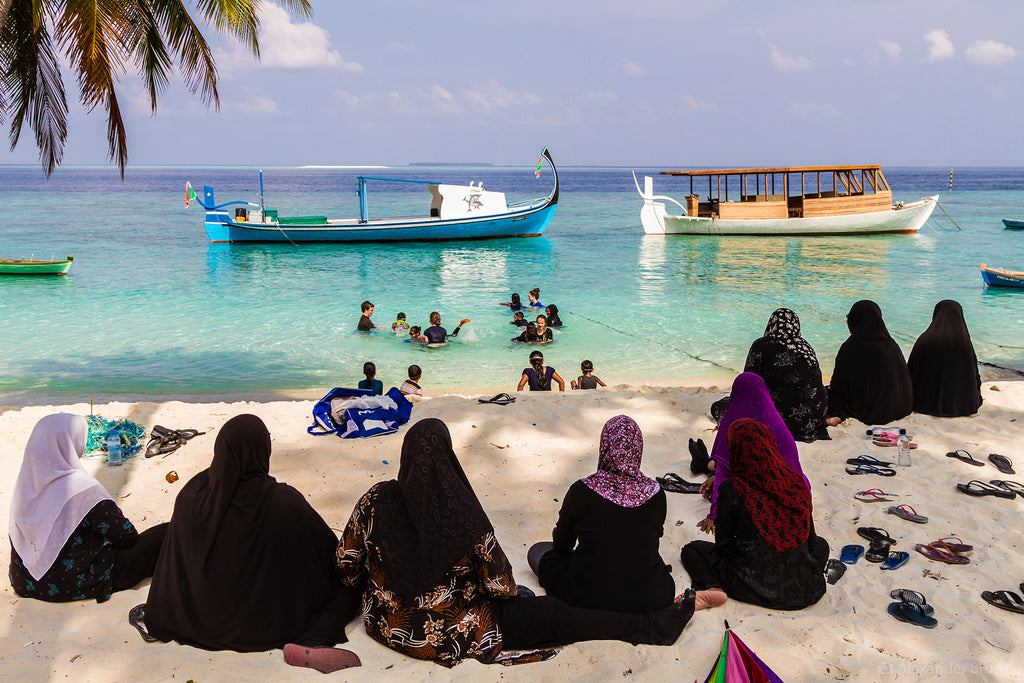
As the Maldives are the lowest lying country and made 80% of corals, you can already see and feel the impacts of climate change and sea level rise on each island, beach, reef, the society and the eco system.
Beaches change per Monsoon and nowadays they don’t always come back, but disappear, the land is getting saturated with salt which leads to water shortage and no fertile land, small reef fish disappear as their coral homes are damaged and bigger fish stop migrating into the atolls because of food shortage. Everything is connected and you can see it and hear it from the locals.
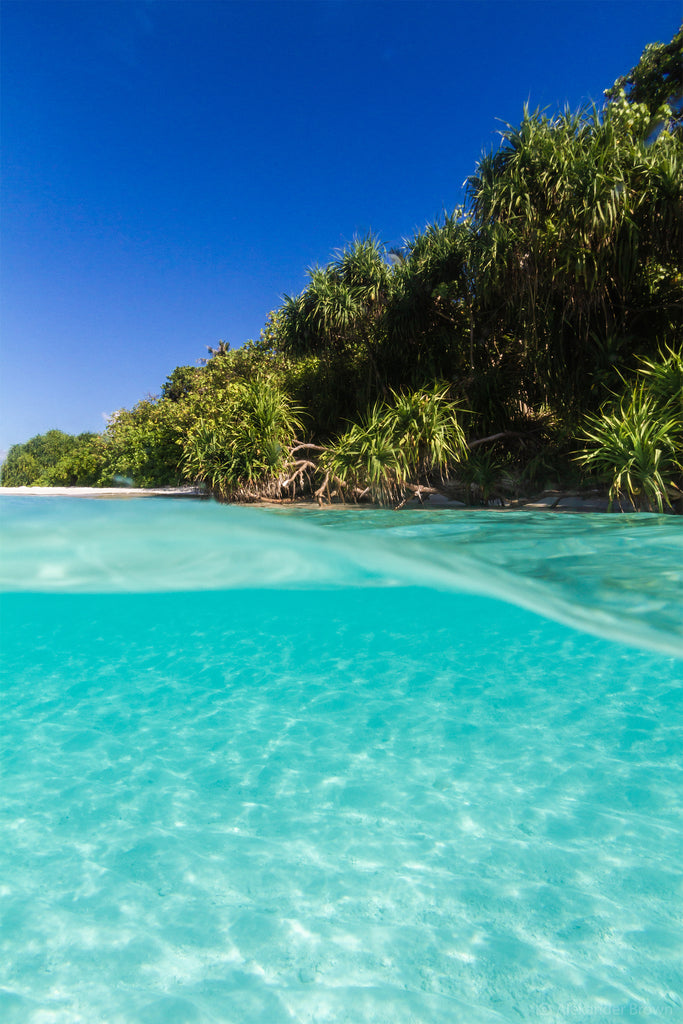
I worked in and with several NGOs (Non-Government Organisations) to rescue sea turtles, restore damaged and weak coral reefs, clean beaches, create waste management awareness within the locals but also businesses and the luxury Hotel Resorts.
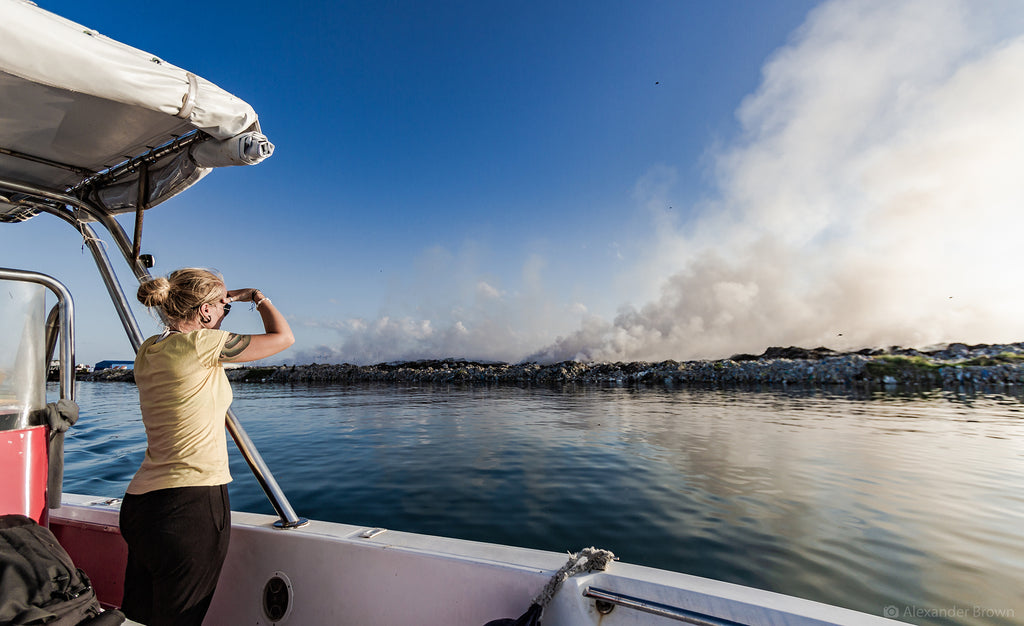

The sad thing is, that for some parts it is already too late and the luxury resorts are the ones better off than the actual local inhabitants. But the good thing is that more and more locals are getting aware and trying to help themselves, by finding solutions or investing into renewable energies and innovative ideas!
One prime example I was able to visit, is the tuna factory island Felivaru in Lhaviyani atoll. It only supports pole and line fishing, the most sustainable kind of fishing which only catches the right size tuna, not whole schools and without by-catch! The factory runs on solar, wave and wind energy and even produces Bio gas from fish left-overs. The whole production process basically uses every single part of each fish and even the coconuts on the island are used.
The most important thing I learned from my visit in the factory was to try and support these kind of companies as every tuna can create awareness, can save a beach, an island, a reef, a school of fish, some turtles, sharks or dolphins and motivate people to help others, our planet and create awareness.

Only many small drops together create an ocean - and only all small islands together can create an atoll, let’s preserve each one of them and protect what we love - #WeareOcean
Mascha.
Executive Assistant to CEO
instagram.com/misstravelista
Photos by the talented instagram.com/alexbrowndop









